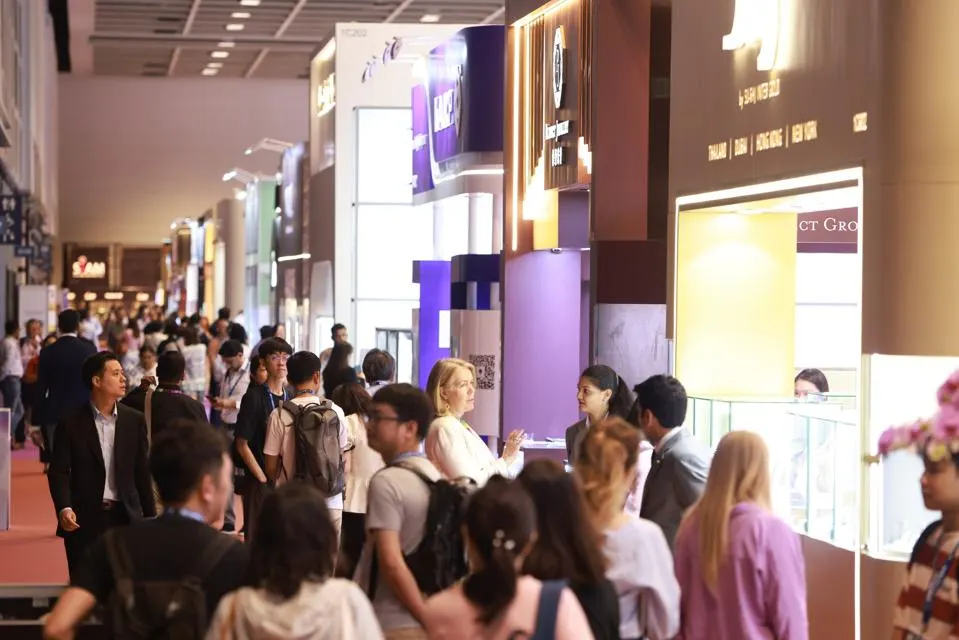Your diamonds are possibly the most valuable item you own. Valuable not just in monetary terms, but because of their sentimental value. It might be your engagement ring, a wedding ring, a pendant gifted by a grandparent or even your favourite set of earrings. These items come with a strong emotional attachment and it can be devastating when they are lost, stolen or damaged.
So, you’d be amazed at the statistics – 40% of diamond owners don’t insure their pieces. They then get incredibly angry at themselves when it’s too late and they’ve lost their special piece for whatever reason. Within this group, one-third consider their engagement ring to be one of the most expensive items they own among other investments like their home and vehicle. Yet they insure their house and vehicle every year, but neglect to consider their diamonds.
The alarming part is how often people find themselves in situations where their diamonds are at risk. The statistics are an eye-opener and should serve as a reminder if you haven’t yet insured your diamonds properly.
In 2015, Australia had the fifth highest rate of burglaries in the world. In 2017, there were 225,900 recorded burglaries in Australia – one every three minutes. Add to this a 2010 study that showed jewellery was the third most common item stolen in a home burglary, behind laptops and cash – and you would have to agree it’s not worth the risk. Theft is more common than you think and no one is exempt from such bad luck.
It’s also important to remember that your diamonds are vulnerable and are susceptible to damage. There are three different classifications a gemologist uses when assessing stones to determine their durability:
Hardness
Toughness
Stability
Hardness is assessed by how easily the diamond can scratch. Toughness is judged by how well the diamond can stand up to breakage or chipping. Stability is measured according to how well the diamond can stand up to thermal changes. It’s worthwhile finding out how vulnerable your diamonds are, or at least keep in mind they’re not invincible.
And of course, there’s the risk that you could lose your special piece. Everyone assumes it will not happen to them, but that is optimistic and you can never be 100% sure of this – at home, or while you’re on holidays.
Some insurance gets murky when you’re out of the country and holidaying overseas. You believe you’re protected until you fly to Bali or Hawaii and suddenly you’ve been robbed or left something in the hotel room and your special piece isn’t covered.
With Certified Diamond Insurance, you can trust you are covered the moment you walk out of the jewellery shop. Just as importantly, you’re free to have your piece repaired or replaced at your chosen jeweller – and we guarantee your replacement will be the same if not better than the original piece. You’ll pay no excess if you ever need to claim, and you’re covered worldwide and at home. Which means whenever and wherever you need to travel, your diamonds are safe.
Don’t make the mistake of assuming it will never happen to you. Cover yourself, protect your diamonds properly, and relieve the stress should anything ever happen.
Source: CDI Diamond jewellery insurance






